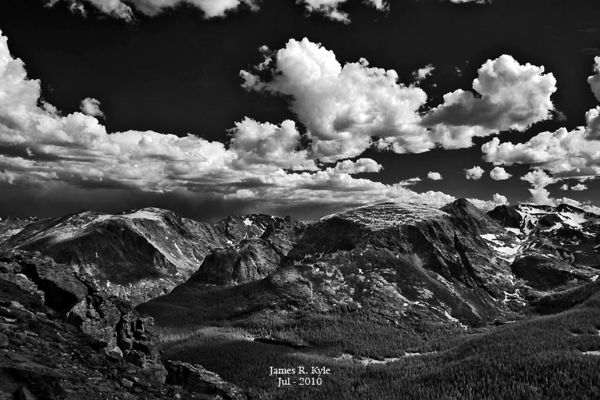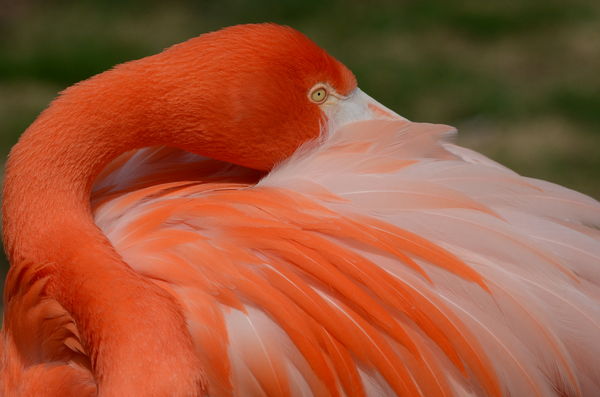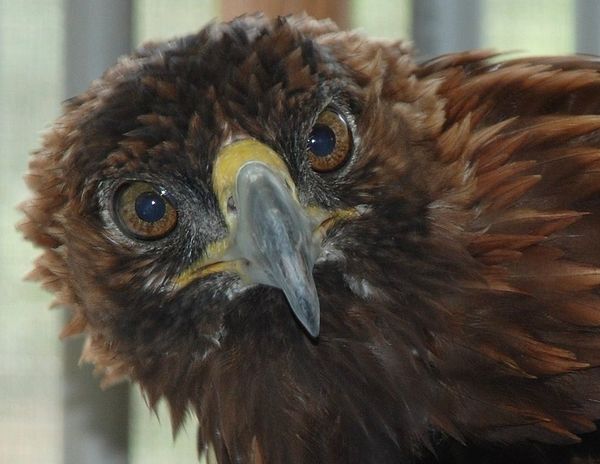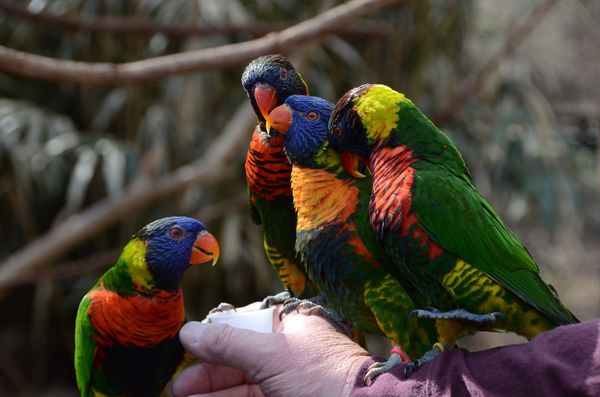How do some of you do it?
Apr 15, 2016 10:57:40 #
bigwolf40 wrote:
Ok I got it and it's a good shot. I don't see to many large birds so most of my shots are when the small ones are not moving...Rich
==========================
Yep... Small one here as well -
Same settings on this one a little different edits.....
Apr 15, 2016 11:11:49 #
Psergel wrote:
BTW
It doesn't hurt to sort of hook up with a local "birding" group. Those folks with the spotting scopes. reference books and notepads.
Some of them can be a little intense about their hobby but....so can we.
It doesn't hurt to sort of hook up with a local "birding" group. Those folks with the spotting scopes. reference books and notepads.
Some of them can be a little intense about their hobby but....so can we.
Another BTW
Take a look at a device called "Better Beamer". It's a fresnel lens that mounts out in front of your flash. It concentrates and "throws" the beam further than the flash alone can do.
This is great for getting the little buggers when they are perched in deep shade. which is often the case.
Best thing is.....it's pretty inexpensive.
Apr 15, 2016 11:19:50 #
Apr 15, 2016 11:40:40 #
Steve Perry wrote:
Lots of good advice in this thread. It really does... (show quote)
wow ...... just WOW
Apr 15, 2016 11:41:50 #
James R wrote:
This.... br br Canon 5D Mark II br Tamron 150-600... (show quote)
A spectacular eagle shot for sure :thumbup: :thumbup:
Apr 15, 2016 11:44:45 #
jerryc41 wrote:
I don't even try - much too challenging. I like landscapes. They don't move, and if they do, I have other things to worry about.
Ditto!
Apr 15, 2016 11:54:13 #
wotsmith wrote:
Hey DB, br well you have arrived at the dilemma I ... (show quote)
:thumbup: :thumbup:
great shots too!
Apr 15, 2016 12:01:26 #
Past Pro wrote:
Ditto!
++++++++++++++++++++
Landscapes are Really what I like....
AND I do prefer to convert a LOT of them to "Shades of Gray".... (B&W).....
Example below.



Apr 15, 2016 12:03:13 #
Steve Perry wrote:
Lots of good advice in this thread. It really does... (show quote)
Good stuff! :thumbup:
Apr 15, 2016 12:11:59 #
Patience, a good long lens, knowing the subject behaviour, a tripod or monopod, luck and if you have it on your camera -back button focus.
Apr 15, 2016 12:13:34 #
Right time
right place
right equipment
right skill level
All require much time to learn. That is the beauty of digital. Take a shot, inspect it adjust your settings take another shot. If you are near the coast practice on seagulls in parking lots. Nearer home practice on pigeons. The old saying is as true for photography as anything else, Practice Practice Practice. (but also evaluate and adjust). When I think I have a decent shot I post it here on the BIF page or the True Macro page and take the critiques and apply them.
right place
right equipment
right skill level
All require much time to learn. That is the beauty of digital. Take a shot, inspect it adjust your settings take another shot. If you are near the coast practice on seagulls in parking lots. Nearer home practice on pigeons. The old saying is as true for photography as anything else, Practice Practice Practice. (but also evaluate and adjust). When I think I have a decent shot I post it here on the BIF page or the True Macro page and take the critiques and apply them.
Apr 15, 2016 13:27:02 #
DerBiermeister wrote:
I am specifically talking about capturing those fantastically sharp photos of zoomed-in birds (filling most of the image), that appear to be taken in wooded areas.
Assuming each shot took a fair amount of time to compose, and also probable use of a tripod -- how do you know the bird is going be on that specific branch at that time? My experience is that birds don't stay in one spot for more than a few seconds.
Assuming each shot took a fair amount of time to compose, and also probable use of a tripod -- how do you know the bird is going be on that specific branch at that time? My experience is that birds don't stay in one spot for more than a few seconds.
I don't do many bird shots - it just never interested me much.
However the other I did a few and I knew that birds would be at that spot so it was wait, be quiet and shoot what I can. I got lucky but that doesn't happen very often.
Apr 15, 2016 13:46:51 #
DerBiermeister wrote:
I am specifically talking about capturing those fantastically sharp photos of zoomed-in birds (filling most of the image), that appear to be taken in wooded areas.
Assuming each shot took a fair amount of time to compose, and also probable use of a tripod -- how do you know the bird is going be on that specific branch at that time? My experience is that birds don't stay in one spot for more than a few seconds.
Assuming each shot took a fair amount of time to compose, and also probable use of a tripod -- how do you know the bird is going be on that specific branch at that time? My experience is that birds don't stay in one spot for more than a few seconds.
No tricks involved, just a lot of practice and some acquired knowledge. If you belong to a camera club and if there are individuals that do wildlife photography in the club, ask them if you could join them. They'll probably be happy for company. Learn different techniques from different photographers. If you have any wildlife refuges near you, see if any wildlife photographic workshops happen there and who to contact. Books can be helpful but people can assist you on a one-to-one basis. Individuals can also let you try or even loan you equipment. Best from New Mexico, J. Goffe
Apr 15, 2016 14:00:53 #
the f/stops here wrote:
Good advice. I might add to read and post questions here http://www.uglyhedgehog.com/s-112-1.htmlNo tricks involved, just a lot of practice and som... (show quote)
Apr 15, 2016 14:12:54 #
Kuzano wrote:
Taxidermist! The bird is always where you put it! Stays right there. Otherwise thousands of dollars of gear and camo equipment.
The stuffed animal is much cheaper. Also the zoo, and game preserves.
The stuffed animal is much cheaper. Also the zoo, and game preserves.
Zoos....yes! I cheat every chance I get. :D
It's a lot easier to get close to kept birds.

(Download)
This golden eagle is at the AEF sanctuary. I was careful, but the lady did tell me that "Ummm....she can get you from there...."

(Download)
And yes, sometimes food helps.

(Download)
If you want to reply, then register here. Registration is free and your account is created instantly, so you can post right away.











